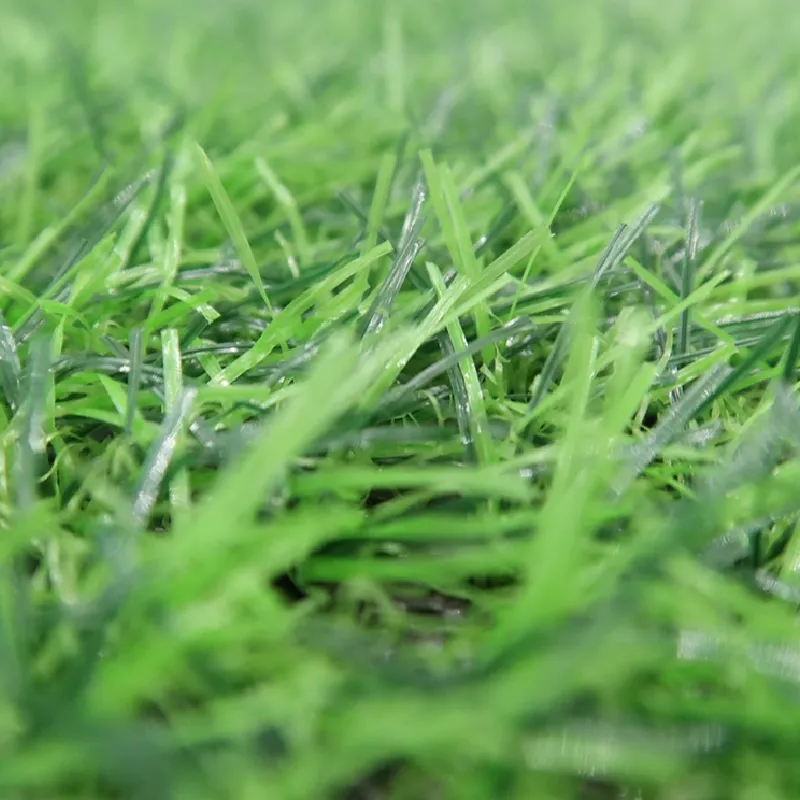
- Afrikaans
- Arabic
- Belarusian
- Bengali
- Czech
- Danish
- Dutch
- English
- Esperanto
- Estonian
- Finnish
- French
- German
- Greek
- Hindi
- Hungarian
- Icelandic
- Indonesian
- irish
- Italian
- Japanese
- kazakh
- Rwandese
- Korean
- Kyrgyz
- Lao
- Latin
- Latvian
- Malay
- Mongolian
- Myanmar
- Norwegian
- Persian
- Polish
- Portuguese
- Romanian
- Russian
- Serbian
- Spanish
- Swedish
- Tagalog
- Tajik
- Thai
- Turkish
- Turkmen
- Ukrainian
- Urdu
- Uighur
- Uzbek
- Vietnamese
Optimizing Residential Turf Care for Healthier Lawns and Sustainable Landscaping Practices
Nov . 08, 2024 08:48 Back to list
The Importance of Residential Turf A Green Space for Modern Living
In today’s rapidly urbanizing world, the concept of residential turf has gained immense popularity. A neatly maintained turf lawn not only enhances the aesthetic appeal of residential properties but also offers numerous benefits that contribute to the well-being of residents and the environment. This article will explore the myriad advantages of residential turf, the different types available, and best practices for maintaining a lush and healthy lawn.
What is Residential Turf?
Residential turf refers to the cultivated grass that covers lawns, gardens, and recreational areas in residential settings
. It can be made from various types of grass varieties, typically selected based on the climate, soil conditions, and the specific preferences of homeowners. Common grass types for residential turf include Kentucky bluegrass, Bermuda grass, fescue, and zoysia, each with its unique characteristics suited for different environments.The Benefits of Residential Turf
1. Aesthetic Appeal A lush, green lawn enhances the overall appearance of a home, creating an inviting atmosphere. It serves as a beautifully framed backdrop for landscaping features such as flower beds, trees, and pathways. A well-maintained turf can significantly increase a property’s curb appeal, which is especially important for homeowners looking to sell.
2. Environmental Impact Turf plays a crucial role in promoting environmental health. Grass helps improve air quality by absorbing carbon dioxide and releasing oxygen through photosynthesis. Furthermore, a healthy lawn can reduce soil erosion, promote groundwater recharge, and filter pollutants, contributing to a cleaner and healthier ecosystem.
3. Heat Mitigation Turf helps moderate temperatures around residential properties. Grass absorbs sunlight and cools the air through evapotranspiration, which can significantly lower local temperatures compared to hardscaped areas such as driveways and sidewalks. This property is particularly beneficial in urban areas, where the heat island effect can lead to elevated temperatures during the summer months.
4. Recreational Space A well-kept lawn provides a space for various outdoor activities and family gatherings. Whether it’s a barbecue, a game of catch, or simply lounging in the sun, having a yard with quality turf allows residents to enjoy nature while engaging in recreational activities.
residential turf

5. Biodiversity Support Maintaining a turf area can boost local biodiversity. A mix of grass types along with native plant species can attract pollinators, such as bees and butterflies, while also providing habitats for various wildlife species. This supports the ecological balance in urban environments.
Best Practices for Maintaining Residential Turf
To reap the benefits of residential turf, proper maintenance is essential. Here are some best practices for homeowners
1. Mowing Regular mowing helps maintain the turf's health and appearance. Mow high—keeping grass blades at about 2.5 to 4 inches—encourages deeper root growth and helps shade the soil, which reduces weed growth and conserves moisture.
2. Watering Establishing a deep root system is key to a resilient lawn. Water deeply but infrequently, aiming for about 1-1.5 inches of water per week. Early morning is the best time to water to minimize evaporation and fungal diseases.
3. Fertilization A balanced fertilizer regimen should be implemented to provide essential nutrients. Soil tests can help determine what specific nutrients are needed for optimal grass growth.
4. Aeration Compacted soil can stifle turf growth. Aerating the lawn once a year helps relieve compaction, allowing air, water, and nutrients to penetrate deeper into the soil, thereby promoting healthier roots.
5. Weed and Pest Control Regularly inspecting the lawn for weeds and pests is essential. Integrated pest management strategies, including the use of native grass varieties and natural predation, can help keep the turf healthy without resorting to harsh chemicals.
In conclusion, residential turf represents a vital component of modern living, offering aesthetic beauty, environmental benefits, recreational spaces, and support for biodiversity. By adopting best practices in turf maintenance, homeowners can ensure that their green spaces are not only attractive but also sustainable, enriching both their lives and the ecosystem around them.
-
The Benefits of Artificial Turf for Indoors
NewsJul.15,2025
-
How Artificial Grass Suppliers Ensure Quality Products
NewsJul.15,2025
-
Artificial Grass and Pets: A Space for Relaxation
NewsJul.08,2025
-
Balcony & Outdoor Decoration with Artificial Grass
NewsJul.08,2025
-
Best Indoor Artificial Grass for Home
NewsJul.07,2025
-
Best Pet Turf for Dogs: Safe & Durable Artificial Grass Options
NewsJul.07,2025
Products categories









